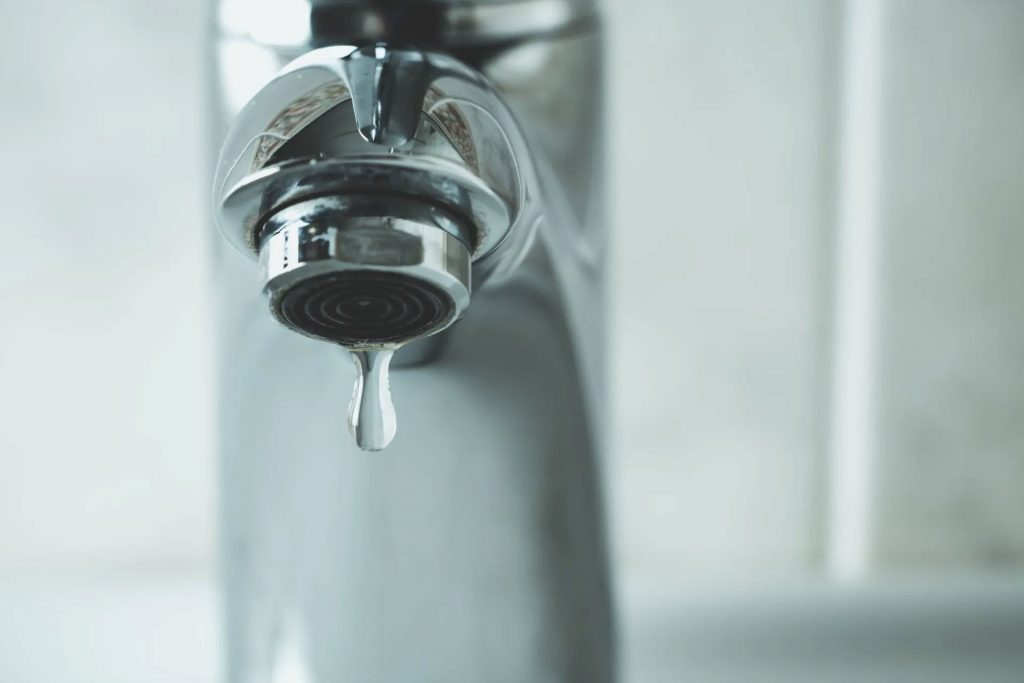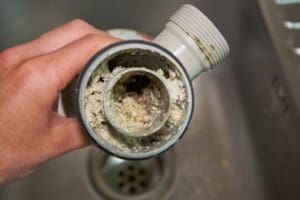Useful Remedies for Tackling Low Water Pressure in Your Home
This SiteHere on the next paragraphs you will find a good deal of outstanding material involving 4 Ways to Troubleshoot Low Water Pressure.

Low water pressure in your house can be an aggravating trouble, influencing everything from showering to washing meals. If you're experiencing weak water flow, there are several feasible reasons and remedies to discover. In this overview, we'll talk about common factors for low water stress and practical steps to resolve the issue properly.
Introduction to Low Water Stress
Low tide pressure happens when the flow of water from your faucets, showers, and various other components is weaker than common. This can make day-to-day jobs much more difficult and much less efficient. Recognizing the reasons for low water pressure is vital to locating the right solution.
Common Causes of Low Water Stress
Faulty Stress Regulatory Authorities
Stress regulators are accountable for preserving consistent water pressure in your house. If they malfunction, it can lead to low tide stress or unequal flow throughout the house.
Metropolitan Water System Issues
In some cases, the problem exists outside your home. Municipal water supply issues, such as main line leaks or upkeep job, can momentarily lower water stress in your location.
Pipe Obstructions
In time, pipes can come to be obstructed with natural resource, debris, or debris, restricting the circulation of water. This is a typical issue in older homes with galvanized steel pipelines.
Rust
Rust within pipelines can cause leaks and reduced water stress. Rust build-up can restrict water circulation, particularly in aging plumbing systems.
Exactly How to Diagnose Low Tide Pressure
Checking Pipes
Check visible pipelines for indicators of leaks, rust, or clogs. Take note of any kind of unusual audios, such as banging or rattling pipes, which might indicate concerns within the plumbing system.
Consulting with a Plumber
If you're incapable to identify the cause of low water stress, take into consideration working with a specialist plumber to conduct a comprehensive assessment. They can recognize underlying issues and advise proper options.
Inspecting Taps and Components
Start by examining the water stress at various taps and fixtures throughout your home. If the problem is separated to certain areas, it might show local issues.
Do It Yourself Solutions to Deal With Low Water Stress
Flushing Hot Water Heater
Debris buildup in the hot water heater can limit flow and lower performance. Purging the container occasionally helps remove debris and keep ideal efficiency.
Examining Stress Regulator
Ensure that the pressure regulatory authority is working correctly. Readjusting or changing the regulatory authority can aid restore appropriate water pressure throughout your home.
Cleaning Aerators and Showerheads
Mineral deposits can gather in aerators and showerheads, lowering water circulation. Get rid of and clean these components on a regular basis to improve water pressure.
Clearing Up Clogs in Piping
For minor obstructions, attempt using a plumbing serpent or chemical drain cleaner to clear blockages in pipelines. Beware when utilizing chemicals and comply with safety and security standards.
When to Call a Professional Plumber
If DIY initiatives fall short to settle the problem or if you suspect substantial plumbing problems, it's best to seek help from a certified plumber. They have the expertise and tools to deal with complex problems safely and properly.
Preventive Measures to Preserve Water Stress
Installing a Stress Booster
Think about installing a stress booster pump to enhance water stress in areas with continually reduced circulation. This can be especially beneficial for multi-story homes or residential or commercial properties with high-demand components.
Tracking Water Use
Bear in mind water usage habits and prevent ill-using the plumbing system. Easy adjustments, such as shocking showers and laundry tons, can assist maintain adequate water pressure.
Routine Upkeep
Schedule routine maintenance for your plumbing system to avoid problems such as deterioration, leaks, and blockages. Addressing small troubles early can assist prevent even more considerable repair work in the future.
Conclusion
Taking care of low tide pressure can be frustrating, yet determining the underlying causes and executing appropriate remedies can restore optimal circulation throughout your home. Whether it's cleansing aerators, checking pipes, or speaking with a plumber, taking aggressive actions can guarantee a consistent supply of water for your everyday demands.
FOUR WAYS TO FIX LOW WATER PRESSURE NOW
Turning on a shower or faucet only to find the water comes out in a sad, slow drizzle is never a good feeling. How exactly are you supposed to wash a pan or take a quick shower when it takes 10 minutes just to rinse off a little soap? The good news is that when your water pressure is bad, there's always a cause: typically one that can be easily fixed. Here are some of the most common causes of low pressure and what you can do to fix the issue:
DEBRIS AND MINERAL DEPOSIT BUILDUPS
If you notice low water pressure from just one or two of the fixtures in your house, the problem likely has to do with debris buildup. Water is full of minerals and other debris, all of which can accumulate in your pipes and on your fixtures. This can cause a blockage that affects how much water flows through. To fix this, try filling a small plastic bag with white vinegar, and use a rubber band to hang it around your showerhead or faucet. Let the head of the fixture soak for a few hours, and the vinegar should loosen the deposits.
WATER LEAKS
Leaks are another common cause of low water pressure. If water is flowing out of your plumbing through a hole or crack before it can reach your fixture, the pressure coming out of the faucet or showerhead will be lower. A plumbing professional is your best bet for finding and repairing a leak in your water supply pipes.
Leaks are another common cause of low water pressure. If water is flowing out of your plumbing through a hole or crack before it can reach your fixture, the pressure coming out of the faucet or showerhead will be lower. A plumbing professional is your best bet for finding and repairing a leak in your water supply pipes.
A VALVE ISSUE
If you have low water pressure throughout your home, check your main shut-off valve to make sure it's completely open. You may also want to see if there's a pressure-reducing valve installed. If there is, have a plumber help you adjust the settings to get the pressure you're looking for.
OTHERS USING WATER
Believe it or not, your low water pressure could be caused by your neighbors. If you notice low pressure at certain times of day, it may be because you and the people living next to you have similar schedules - when everyone is showering at the same time, the pressure will be lower in every home. Low pressure throughout the neighborhood may also be caused by an issue with your municipal water supply. If that's the case, call the supplier to see if they're working on the issue.
https://www.rotorooter.com/blog/water-leaking/low-water-pressure-fixes/

I hope you enjoyed reading our excerpt about Low Water Pressure in the House?. Thank you so much for spending some time to read through our blog. Loved our content? Please share it. Help someone else check it out. We love reading our article about 9 Reasons for Low Water Pressure in Your House.
Booking